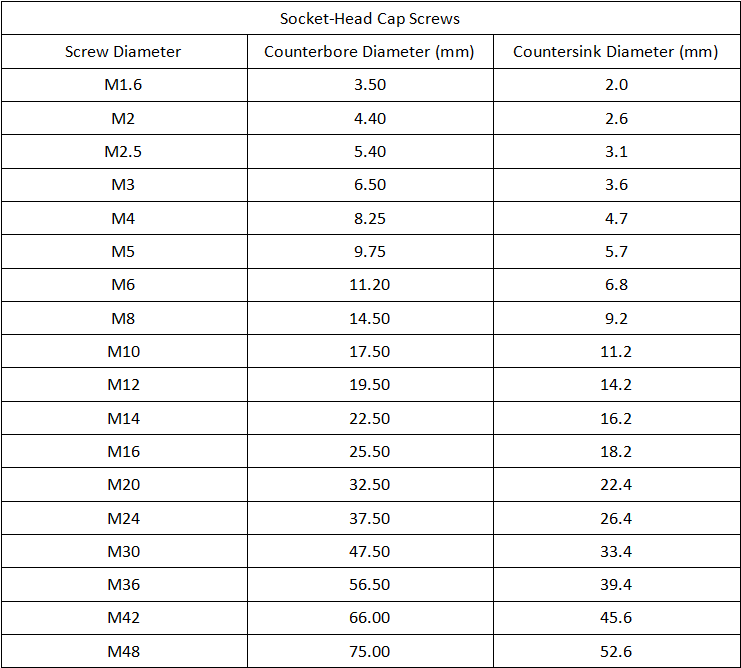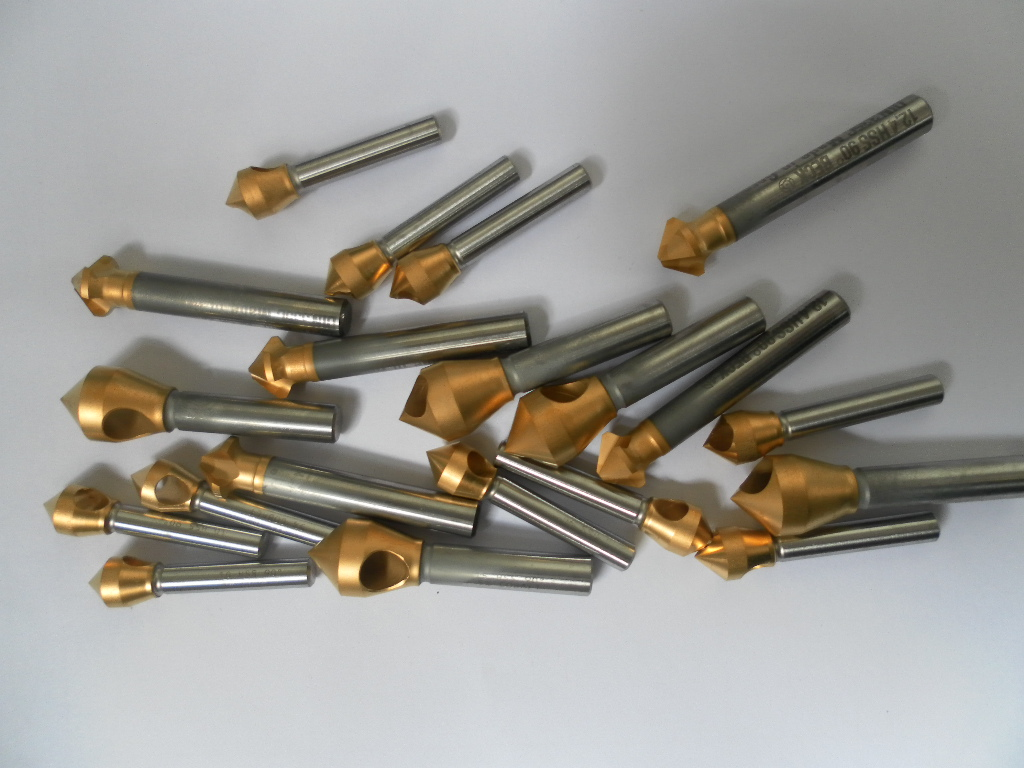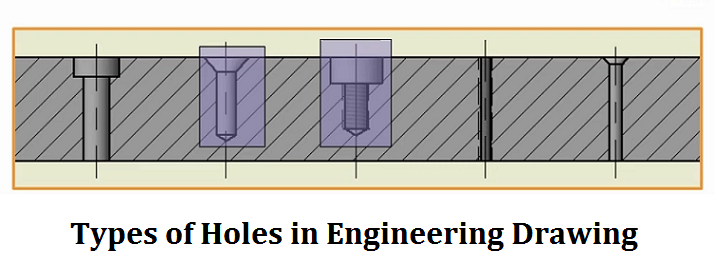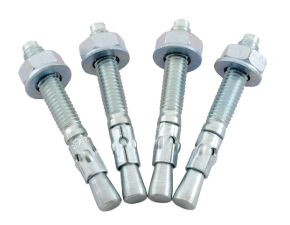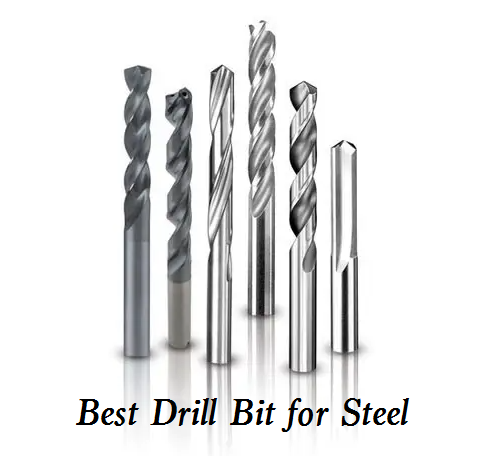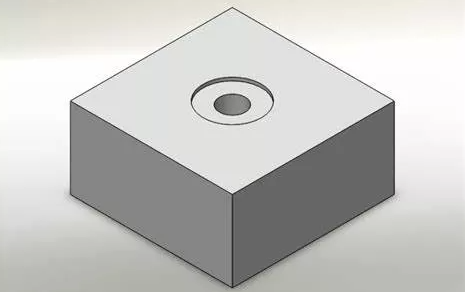When a flat or slightly concave surface is required with a screw head sits flush in the material being fastened, countersinking is often used, which also prevents the heads from being prone to snagging on items. What is a countersink hole? What size of countersink bit to use? Understand the types and use of countersink drill bits and check out the countersink size chart for holes/bits.
What Is a Countersink Hole?
A countersink hole is usually tapered or angled on the surface side to allow the screw/bolt head to sit flush or below the surface. The chamfered edges lead into the straight-walled hole below the surface.
Countersink vs Counterbore hole
– Shape: The countersink is a conically shaped hole that narrows as it deepens, matching the angled shape of a flat-head screw. Counterbore is a cylindrically shaped hole with a flat bottom, designed to house the cylindrical part of a bolt or screw head.
– Size: Countersink: The size of a countersink can be as small as 1/16” or as large as 1/2”, while the size of a counterbore is generally between 3/16” and 1”.
– Drilling Angle: The countersink is drilled at angles like 82° or 90° to match the common angles of screw heads. The counterbore does not have an angle, as it is a straight plunge into the material.
– Applications: Countersink is used with flat-head screws in applications where a smooth finish is crucial, such as in furniture, cabinetry, and metalwork where surfaces must be flat and free of obstruction. Common in both woodworking and metalworking. Counterbore is used for socket head cap screws, bolts, and where a stronger connection is necessary. Common in machinery and applications requiring robust assembly, such as in automotive and industrial equipment.
– Tools: Countersinking is performed with a countersink drill bit, which has a conical tip. Counterbore holes need a counterbore bit, which has a cylindrical shape and usually includes a pilot to guide the drilling.
What Is a Countersink Drill Bit?
A countersink drill bit, also known as fluted countersink, is a specialized tool used to create a conical hole in a workpiece that allows the head of a countersunk screw or bolt to sit flush with or below the surface of the material. This drill bit is widely used in carpentry, metalworking, and manufacturing, where a smooth, flat surface is required. Countersink drill bits are made from various materials such as high-speed steel, carbide, cobalt, and titanium, each suited for different materials and durability needs. Countersink bits come in several sizes and angles to match the common angles of screw heads, typically 82°, 90°, and 100°.
Should I use a straight or tapered countersink bit?
– Purpose: A tapered countersink bit is best for producing a flat bottom hole with a chamfered rim or countersink angle. This allows a flat-headed screw or bolt head to sit flush with or below the surface. A straight countersink makes a hole with parallel sides and is better for applications that do not require a chamfered edge.
– Material: Tapered bits are better suited for softer materials like wood, plastic, or aluminum. They can sometimes tear or snag harder metals. Straight bits put less stress on the material.
– Angle: Tapered bits come in various angles (usually 82°, 90°, 100°, 118°) to match standard screw/bolt head sizes. Consider the planned fastener to ensure the proper angle is used.
– Surface finish: Tapered bits can leave a smoother, cleaner break at the surface than a straight bit due to their fluted cutting profile.
– Accuracy: Straight bits provide more control over depth since the pilot drill acts as a guide. Tapered bits can wander more easily if not fed properly.
How to Use a Countersink Drill Bit?
1. Choose the right countersink drill bit that is appropriate for your project, such as tapered and cylindrical.
2. Use a drill that is powerful enough to handle the countersink drill bit. A cordless drill with a variable speed setting is a good choice.
3. Secure the workpiece in a vise or a clamp to prevent it from moving during drilling.
4. Insert the countersink drill bit into the chuck of the drill and tighten it securely.
5. Use a depth stop or a depth gauge to set the desired depth of the countersink. This will ensure that the screw or bolt head is flush with or below the surface of the workpiece.
6. Mark the location for the hole before drilling, create a starting point, and drill a pilot hole.
7. Start drilling slowly and increase the speed gradually. Apply moderate pressure to the drill and let the bit do the work.
8. Stop drilling occasionally to check the progress and adjust the depth if necessary.
9. After drilling, remove any debris from the countersink with a brush or compressed air.
Countersink Drill Size Chart
This is a countersink size chart for determining what bit to use for different screw dimensions and materials.
What size countersink bit do I need? For the wood screws you need to recess, it is recommended to select a combination countersink bit that is designed to match the size of your screw head. Combination bits come in sets that allow you to drill and chamfer the pilot hole in one step for various screw gauges. By choosing the bit sized for your specific screw head diameter, you can ensure a flush fit below the surface without any gaps.
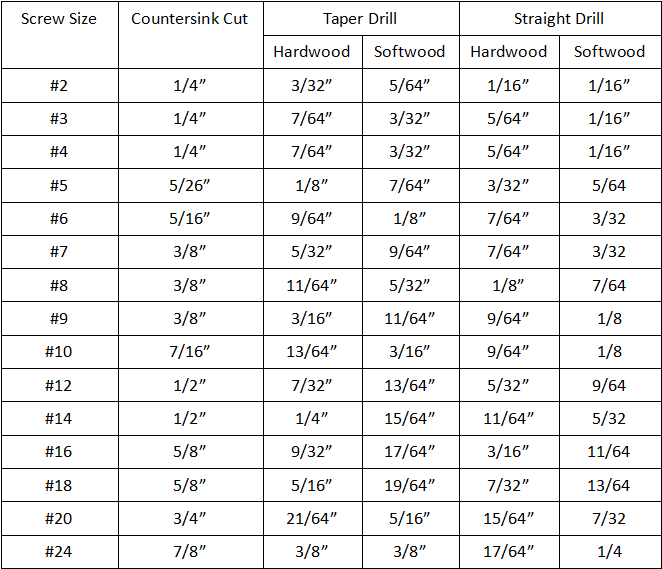
Countersink Hole Size Chart (Metric)
This chart shows the dimensions of counterbore and countersink holes for different screw sizes, in metric units (millimeters).
